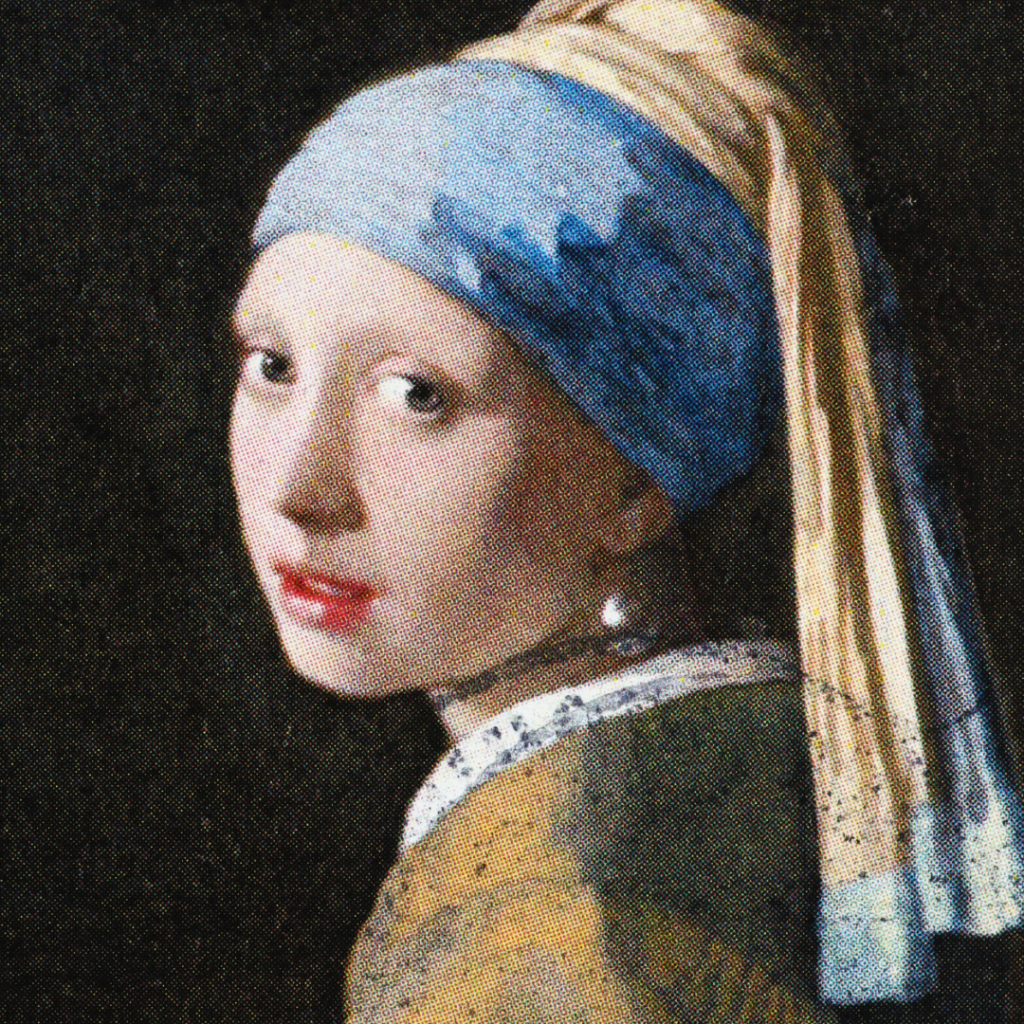THE SIX FUNCTIONS OF GOD’S LAW
Understanding the Six Functions of God’s Law
by Traver Dougherty
The redemptive line that runs between the Abrahamic and New Covenant is straight. YHWH made a promise to Abraham, then delivered on that promise via the redemptive work of Jesus, and that’s that — no help needed.
Function 3: To Establish the Kingdom’s Narrative
YHWH’s Torah established the Kingdom’s narrative. The redemptive line that runs between the Abrahamic and New Covenant is straight. YHWH made a promise to Abraham, then delivered on that promise via the redemptive work of Jesus, and that’s that — no help needed.
Then why the ‘detour’ of Sinaitic Law? What’s its purpose? So yes, the Law “was added because of transgressions” so “sin would become utterly sinful” (Gal 3:19; Rom 7:13). That’s certainly true, for without it people would have a harder time recognizing their need for the cross. But there’s another equally important reason: its narrative creates the necessary (worldly or “shadow”) conditions for Jesus’s worth.
To understand the importance of narrative in relation to value, consider another famous detour, the Girl with a Pearl Earring. That’s what paintings are, aren’t they? Detours. There’s the painter. There’s the subject. Then there’s the “shadow” of the subject depicted in brushstrokes and hues. In reality, Johannes Vermeer’s Girl is nothing more than oil on canvas. And yet, when those oils — infused with ochres, lapis lazuli, bone black, and lead white—are swirled together just so, the result is breathtaking. Why? Because the moves of Vermeer’s painting usher the viewer, in a way few other works of art do, into an alternate narrative. The colors. The head tilt. The gaze. The pearl. It all bespeaks something. The mind of a painter. The relationship between painter and subject. None of it is real (it’s a shadow), but the painting’s worth is incalculable.

The Torah is like a work of art — a sort of two-dimensional masterpiece people can live into.[1] There’s the painter — YHWH. There’s the subject — Jesus. Then there’s the shadow of the subject depicted in the brushstrokes of seasonal observances and the hues of a Tabernacle. In reality, the Torah is nothing more than a set of laws, statutes, and judgments. And yet, when those laws — infused with blues, purples, scarlet, the purest gold, and the crimson blood of a lamb — are ordered just so, the result is breathtaking. Why? Because the moves of the Law usher the observer, in a way no other narrative can, into the kingdom of God.[2] The sabbaths. The sacrifices. The way we eat. The clothes we wear. The kindnesses we embody. It all bespeaks something. The mind of the Creator. The relationship between Creator and created. Like the Girl with a Pearl Earring, it’s all a shadow, but its worth is incalculable.
[1] When we include Jesus—our High Priest in the order of Melchizedek, it becomes three-dimensional.
[2] Notice Jesus’s command: “teaching them to observe [tereo] all that I commanded you” (Mt 28:20). As a monotheist, I am, of course, making an assertion—Jesus and YHWH are one in the same. Therefore, Jesus’s commands are synonymous with YHWH’s.
